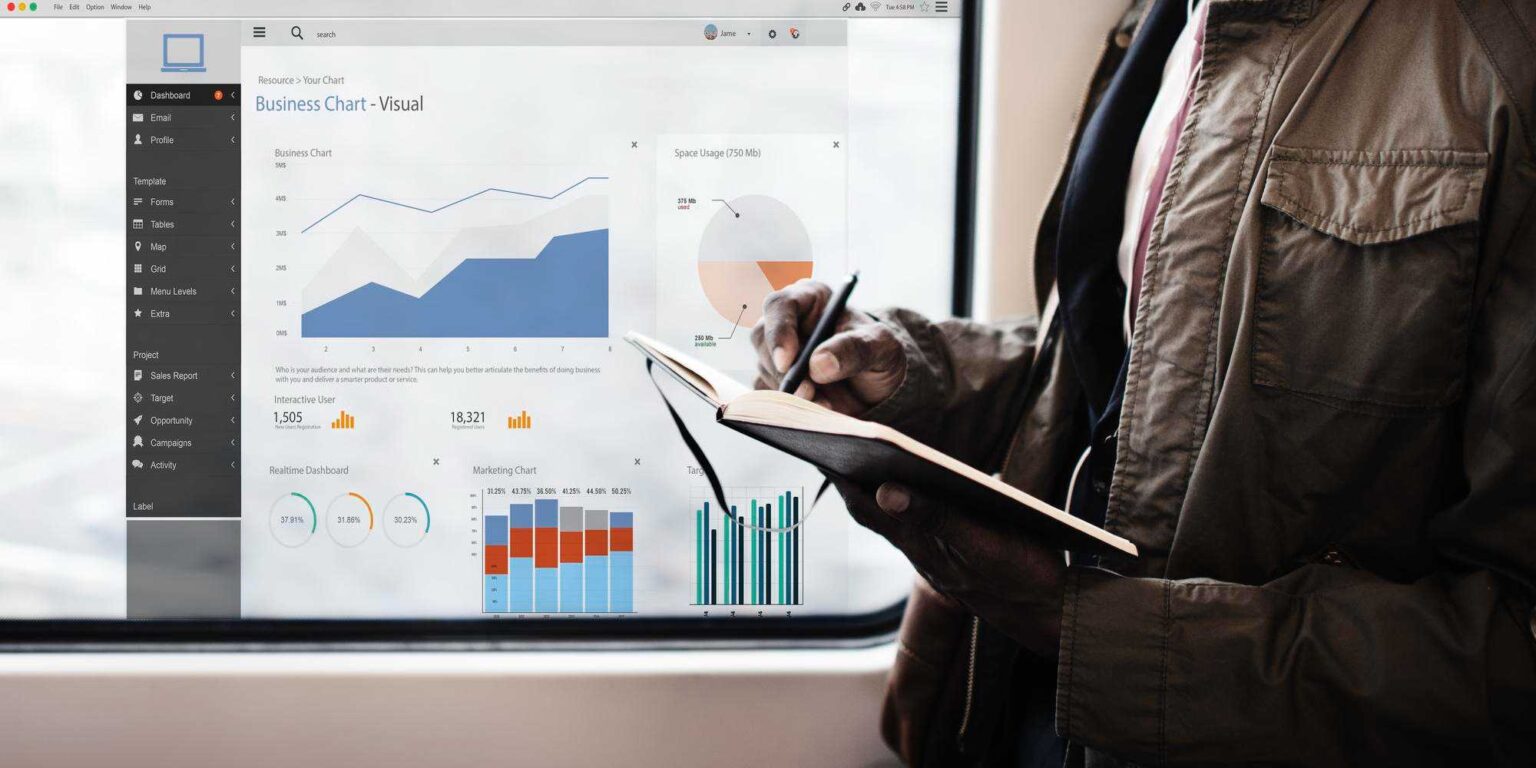Predictive analytics is a technique that uses historical data, statistical algorithms, and machine learning to forecast future trends, outcomes, or behaviors. By analyzing patterns and relationships in the data, predictive analytics enables organizations to make data-driven decisions and anticipate future events. Here are the key aspects and benefits of predictive analytics:
- Data Collection and Preparation:
- Gather relevant data from various sources, ensuring it is accurate, complete, and representative of the problem or scenario.
- Clean and preprocess the data to remove errors, outliers, and inconsistencies, and transform it into a suitable format for analysis.
- Model Development and Training:
- Select an appropriate predictive modeling technique based on the nature of the problem, available data, and desired outcomes.
- Split the data into training and validation sets, use the training set to develop and train the predictive model, and fine-tune the model parameters to optimize performance.
- Feature Selection and Engineering:
- Identify and select the most relevant features or variables that influence the outcome or behavior being predicted.
- Perform feature engineering by creating new derived features or transforming existing features to enhance the predictive power of the model.
- Model Evaluation and Validation:
- Evaluate the performance of the predictive model using the validation set, considering metrics such as accuracy, precision, recall, or root mean squared error (RMSE).
- Validate the model’s performance on new, unseen data to ensure its generalizability.
- Forecasting and Decision Making:
- Apply the trained model to new data to generate predictions or forecasts.
- Use the predictions to inform decision-making processes, identify trends, and gain insights into future outcomes.
- Integrate the predictive analytics results into existing business processes and workflows.
Benefits of Predictive Analytics:
- Anticipating Trends and Patterns:
- Predictive analytics helps identify trends, patterns, and relationships within the data, enabling organizations to anticipate future outcomes and behavior.
- Improved Decision Making:
- By using data-driven insights, predictive analytics helps organizations make more informed and optimized decisions.
- It provides a quantitative basis for decision-making, reducing reliance on intuition or guesswork.
- Risk Mitigation and Fraud Detection:
- Predictive analytics can identify potential risks and anomalies, enabling organizations to take proactive measures to mitigate risks and detect fraudulent activities.
- Customer Segmentation and Personalization:
- Predictive analytics allows organizations to segment their customer base based on behavior, preferences, or demographics, enabling personalized marketing and customer experiences.
- Resource Optimization:
- By forecasting future demand, predictive analytics helps organizations optimize resource allocation, inventory management, production planning, and supply chain operations.
- Cost Reduction and Efficiency:
- Predictive analytics can identify inefficiencies or areas of cost-saving opportunities, such as optimizing maintenance schedules, reducing downtime, or improving energy consumption.
- Enhanced Marketing and Sales:
- Predictive analytics enables targeted marketing campaigns, customer churn prediction, cross-selling and upselling opportunities, and lead scoring for sales teams.
- Improved Healthcare and Risk Assessment:
- In healthcare, predictive analytics can help assess patient risk, forecast disease progression, and support clinical decision-making for better patient outcomes.
- Financial Forecasting and Planning:
- Predictive analytics aids in financial forecasting, budgeting, and scenario planning by providing insights into future market conditions, revenue projections, and risk assessments.
- Continuous Improvement:
- By analyzing the accuracy of predictions and feedback from outcomes, organizations can refine and improve their predictive models over time.
Predictive analytics empowers organizations to leverage their data effectively, make better-informed decisions, optimize operations, and gain a competitive advantage in various industries. However, it is important to consider the ethical implications of predictive analytics, such as data privacy, bias, and transparency,



